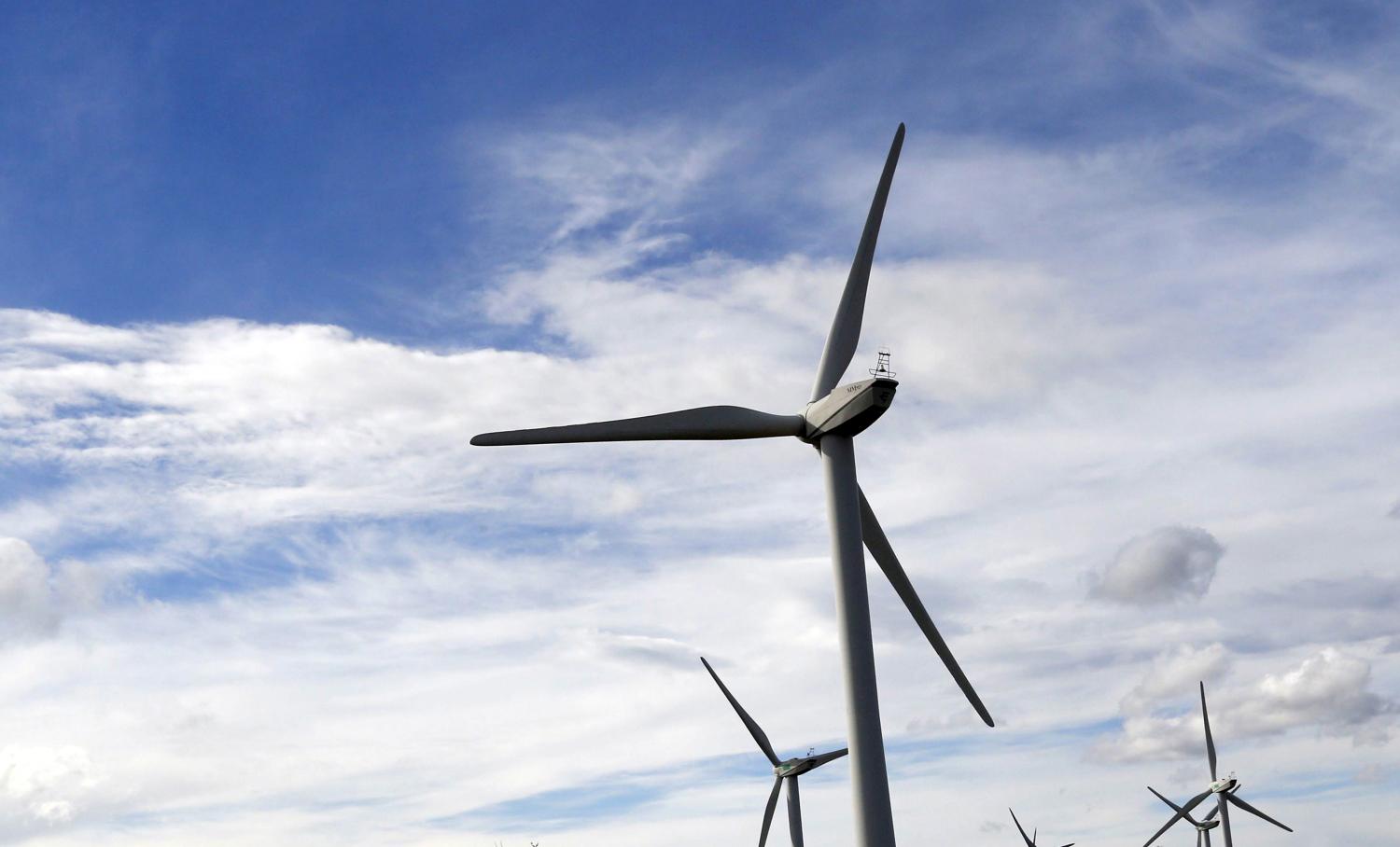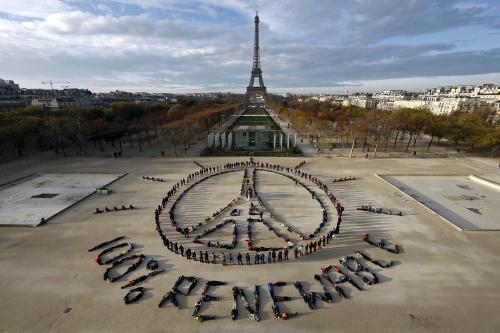The role of climate finance in low-carbon climate resilient infrastructure
Over the next 15 years (2015-2030) the world will need to build on the order of US $75-$86 trillion in infrastructure—approximately double the estimated $50 trillion stock of infrastructure. This increases to $116.55 trillion once investments in energy efficiency and primary energy are included. Around 70 percent of these infrastructure needs will be in emerging markets and developing economies (EMDCs).
Yet, approximately 70 percent of greenhouse gas GHG emissions come from infrastructure such as electricity generation, transportation, industry and buildings. Infrastructure is also central to how societies adapt to climate change. As a result, building the same infrastructure as before—high carbon infrastructure such as coal-fired power stations, low energy efficiency buildings, and more roads to congested cities, will lock the world into a high carbon path that would all but guarantee that the goals agreed at the Paris climate summit of keeping global temperature increases below 2 degrees Celsius and of enabling communities to adapt to climate change will not be met.
Bad infrastructure also kills—it increases air pollution, exacerbates urban congestion, and degrades the environment. This underscores the importance of building low-carbon climate resilient infrastructure (LCR).
Moreover, climate change will have a disproportionate impact on the poorest and most vulnerable communities. This makes building LCR infrastructure also necessary in order to prevent a reversal of the development gains made thus far.
In this paper, LCR infrastructure is a subset of overall infrastructure and comprises “core” infrastructure needs—power, transport, and water/sewage as well as investments in energy efficiency. Between 2015–2030, infrastructure needs in these LCR areas is over US $52 trillion. However, the net (or incremental) cost of building LCR infrastructure is only $4.1 trillion. This comprises $13.5 trillion in additional infrastructure investments above business-as-usual in energy efficiency and low carbon technologies less savings that arise from less being invested in fossil fuel energy sources and in upstream oil, coal and gas. Moreover, the incremental LCR infrastructure need of $4.1 trillion does not factor in expected reduced operating expenses from low carbon technologies such as renewables, which could reduce operating expenses by a further $5.1 trillion (NCE 2014). As a result, building the needed LCR infrastructure need not be growth constraining.
While the net costs of building LCR infrastructure are low and potentially net positive, there are significant financing challenges as the costs and savings are realized by different actors over time. Instead, the real challenge is to finance the upfront $13.5 trillion in additional LCR infrastructure investment—approximately $900 billion per annum.
The size of the LCR infrastructure investment need plus constraints on public sector balance sheets mean that private capital will need to play a key role in financing such investments. In fact, private capital could provide up to half of the finance needed to build the LCR infrastructure.
However, there are challenges to mobilizing the capital needed to meet these LCR infrastructure needs. Infrastructure projects generally face significant financing barriers, due to high upfront capital costs and long-term payoffs that increase the cost of capital and reduce its availability. High transaction costs, lack of viable funding models and exposure to political risk are other barriers that increase the risk of investing in infrastructure.
There are also a range of financing barriers specific to LCR infrastructure projects, particularly in EMDC s. These include uncertainties around the impact of climate change, the higher risk from investing in low carbon technologies and even higher upfront capital costs for LCR projects, such as renewable energy compared with fossil fuel alternatives.
There are also policy barriers to LCR infrastructure. The main ones are continued fossil fuel subsidies as well as the absence of a carbon price.
To address the financial barriers, public concessional climate finance has a particularly key role as a low cost source of finance which, when blended with other sources of public finance, can de-risk LCR infrastructure projects and crowd-in private finance. Concessional climate finance is especially needed at the early project preparation and construction phases of LCR infrastructure projects, where risks are highest and capital most costly and scarce. Once LCR projects commence operation and generate returns, risks are reduced and these projects can be securitized and sold to institutional investors looking for low-risk and stable returns. The higher-risk early-stage concessional climate finance can then be recycled into other LCR infrastructure projects.
Most concessional public climate finance is provided as part of developed countries’ climate finance pledge to provide $100 billion per year by 2020. The Paris climate change agreement confirmed this climate finance goal and extended it out to 2025. In 2014, approximately $61 billion of this $100 billion goal was provided, 71 percent of which was from public sources.
Entities such as the Green Climate Fund (GCF) and the Global Environment Facility (GEF) have been important vehicles for delivering concessional climate finance and are the designated multilateral climate funds servicing the parties to the UNFCCC . The Climate Investment Funds (CIFs) have also operated alongside the MDBs to finance LCR infrastructure.
The future of the CIFs remains uncertain, as they were originally to be phased out following establishment of the GCF. Yet, the track record of the CIFs working with the MDBs to co-finance LCR infrastructure has demonstrated their continued usefulness. Also, the CIFs cannot be easily replicated by the other funds, given their different governance structures. Continuation of the CIFs would underpin the MDBs’ commitments to expand climate investments. However, to be even more effective, improved coordination amongst these climate funds, including better sharing of lessons learned, is required.
There are a number of ways in which concessional climate finance should be used to develop financing packages that maximize private sector participation. They include:
- Developing enabling environments for LCR infrastructure projects, including appropriate tax regimes and investment protections. More broadly, climate finance can support linking countries infrastructure plans with their efforts to address climate change as reported in their Nationally Determined Commitments (NCDs) under the Paris Agreement.
- Developing co-financing packages, particularly with the MDBs that de-risk LCR infrastructure projects, reducing the cost of finance, and expanding opportunities to leverage private-sector investment.
- Supporting local banks in developing countries in particular, given that LCR projects will predominantly rely on domestic finance.
- Developing financial instruments such as green bonds linked to LCR infrastructure projects that can attract institutional investments.
- Supporting LCR infrastructure for adaptation purposes (in some cases that will include private sector projects such as risk capacity insurance).







